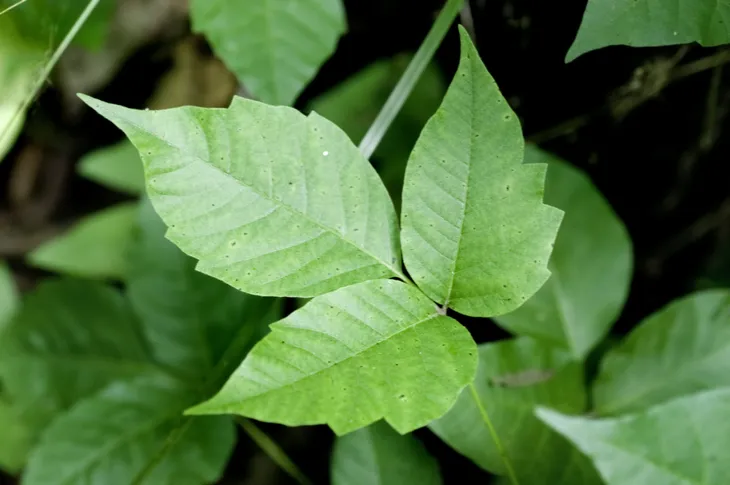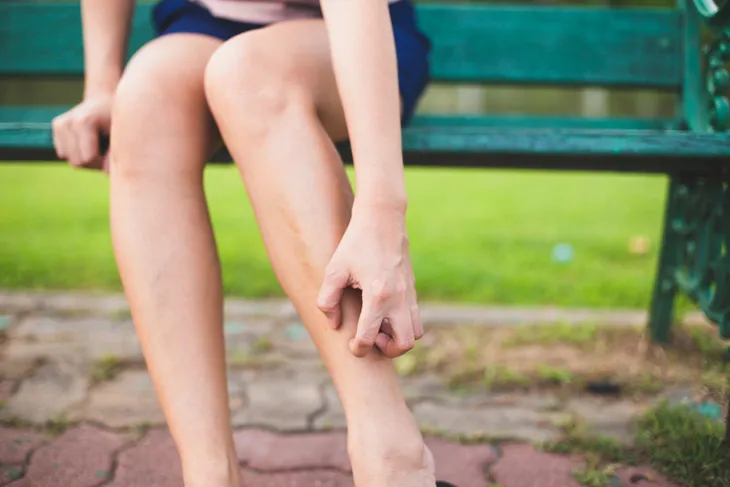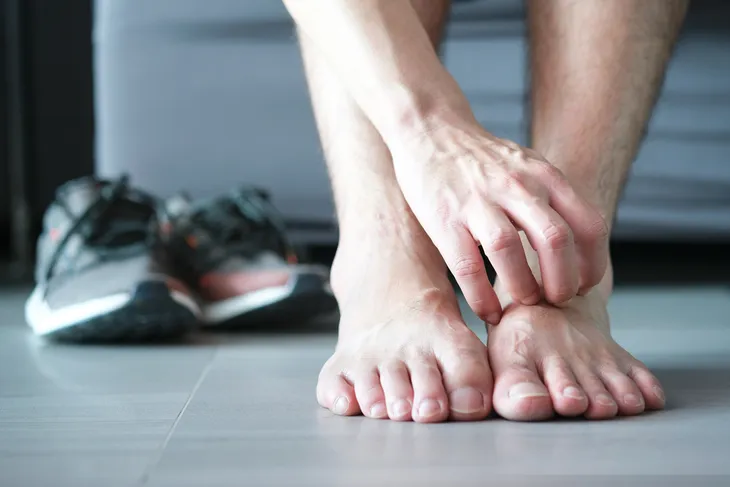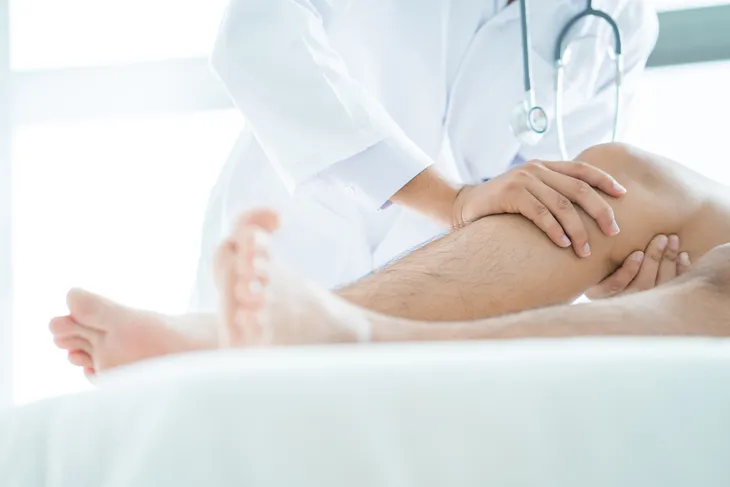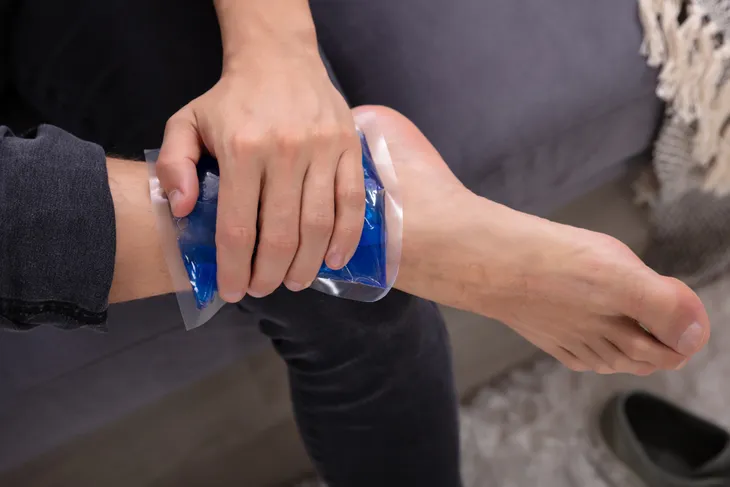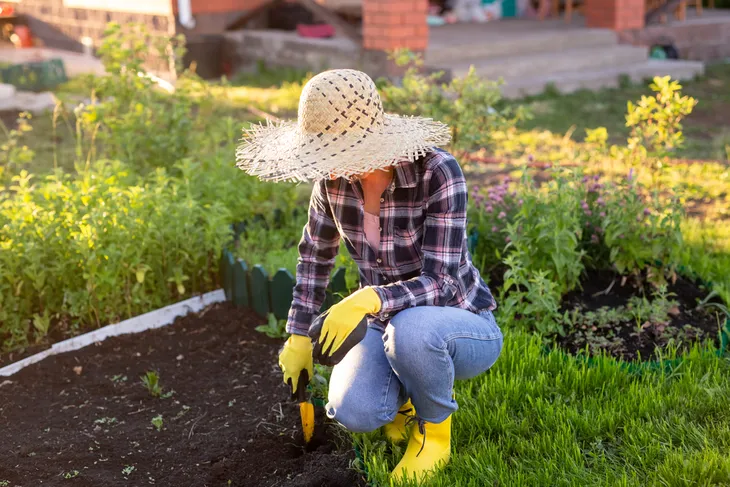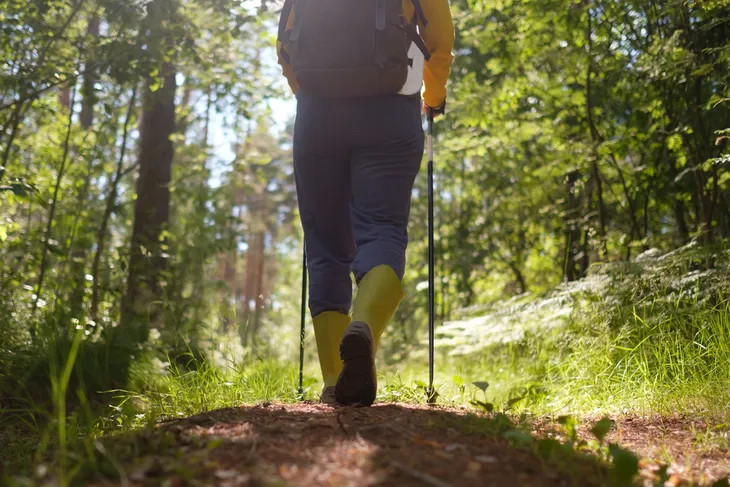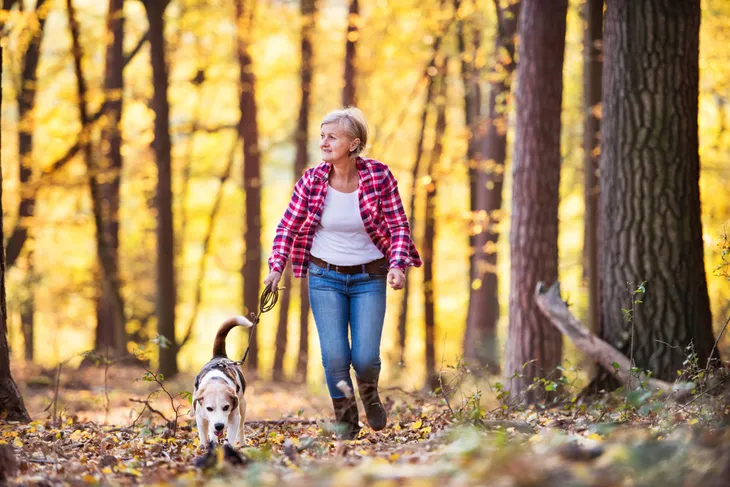There’s nothing like spending time outdoors taking in the fresh air and beautiful scenery. But one thing you need to be mindful of before you set out for your hike is all the potentially poisonous plants. One plant to be on the lookout for in particular is poison ivy.
Unfortunately, sometimes it can be hard to know which plants are safe and which aren’t, or in some cases, you may brush up against a poisonous plant and not even know it until a rash develops. If you develop a skin rash and think it might be from poison ivy, here are the telltale signs and symptoms plus how to treat it and ways to prevent it from happening again!
Why Does Poison Ivy Cause a Rash?
You can touch plenty of plants without having a reaction, so what sets poison ivy apart? Poison ivy has an oily sap, called urushiol, that causes an allergic reaction in nearly 85-percent of the population. Even worse, urushiol is present in almost every part of the plant, including the roots, stems, and leaves.
Your skin most commonly reacts to urushiol after touching the plant but that’s not the only way you can develop a rash. You can also develop the rash after touching contaminated objects, such as clothing or shoes that have come into contact with poison ivy. You can even have a severe reaction from inhaling smoke from burning poison ivy.
Signs & Symptoms of a Poison Ivy Rash
The telltale signs and symptoms of a poison ivy rash include intense itching, red bumps, red skin or red streaks, swelling, and crusting skin. You may also develop blisters in a line.
The good news is the rash is not contagious, meaning it won’t spread to other areas of your body or other individuals. If you think it’s spreading, it’s likely caused by a delayed reaction or it means you’ve had further contact with the plant or other contaminated objects.
How Long Does the Rash Last?
You can expect the rash to appear within 12 to 24-hours after exposure, reports the Mayo Clinic. That said, this time frame can vary from person to person because the more sensitive you are to poison ivy, the faster the rash may appear.
So how long does it last? A poison ivy rash can last 1 to 3-weeks. After the first week, your blisters will begin to dry up and fade away. Although it’s worth noting, if this is your first reaction to poison ivy or if you have a severe skin reaction, it may take longer to clear up.
When to See a Doctor
While a poison ivy rash can certainly be irritating and painful, it’s rarely serious or fatal. You can typically get by with over-the-counter (OTC) medications, creams, and home remedies. That said, you should see your doctor immediately if you develop the following symptoms:
- Difficulty swallowing.
- Trouble breathing.
- A swollen tongue.
- Swollen eyelids (to the point where your eyes close).
- A rash that covers most of your body.
In some cases, a serious allergic reaction can occur. This can cause breathing difficulties that require immediate medical attention.
Treatment
The good news is, a poison ivy rash will usually resolve on its own, without treatment. But there are several things you can do to help soothe the rash, and potentially reduce its severity, starting with rinsing your skin.
If you think you’ve come into contact with poison ivy, rinse your skin (with only water) as soon as possible. Medical News Today says, rinsing 10-minutes after exposure may wash 50-percent of the urushiol off your skin. You may be able to reduce the rash’s severity by rinsing your skin up to an hour after exposure, but the sooner the better.
Home Remedies to Soothe Your Skin
If you do develop a poison ivy rash there are a variety of effective home remedies you can try to help soothe your skin. The first remedy you can try is soaking your skin in cool water. A cool oatmeal bath may also help ease the itching and burning sensations.
Further, you may also want to apply a cool compress to the affected area to help soothe your skin. Finally, calamine and cortisone cream may help relieve the itchiness and both of these creams are available over the counter.
Oral Antihistamines
Medical News Today says OTC oral antihistamines can also help ease itching and inflammation caused by poison ivy. Some examples include diphenhydramine (Benadryl), fexofenadine (Allegra), or cetirizine (Zyrtec).
The symptoms of a poison ivy rash may disrupt your sleep but luckily these oral antihistamines may help you sleep better throughout the night. It’s worth noting Benadryl and Zyrtec can cause drowsiness, so it’s best to only take them at night.
Prevention: How to Identify Poison Ivy
One of the best ways to prevent a poison ivy rash is avoiding the plant in the first place but to do that, you need to be able to identify the plant. It’s important to know that while the saying “Leaves of three, let it be” is a good motto to follow, poison ivy can look different in each season.
For starters, in the spring, poison ivy may be red or a mixture of red and green, whereas in the summer the leaves will turn completely green. The leaf may have jagged edges but they will never look serrated. The size can also range from small to large.
Further, in the fall, the leaves will turn bright orange or red and while they may be pretty to look at, they’re just as dangerous. Finally, in the winter, the leaves will turn dark red and then will eventually shrivel and fall off. But keep in mind if the root is exposed it can still cause a rash.
Prevention: Avoid Areas Where It Grows
If you frequent the outdoors, you likely already know to look out for poison ivy when hiking on trails or camping in the woods but that’s not the only place poison ivy grows. Healthline explains, “poison ivy can grow in sidewalk cracks, vacant lots, and other nooks and crannies throughout cities, beach towns, and suburbs.”
The plant can also grow quite high and it may even overtake outdoor structures if it isn’t removed. In some places, poison ivy can even spread in large areas on the ground.
Prevention: Remove It From Your Property
Now that you know what it looks like, and where it grows, it’s time to remove it from your property. This will at least help reduce encounters while at home.
To get rid of poison ivy at home, you can apply a herbicide or pull it out by hand — just be sure to wear heavy gloves! Place the plant in a heavy-duty garbage bag, tie it closed and throw it in the trash. After removing the plant carefully remove the gloves and wash them immediately or discard them. You should also wash your hands thoroughly.
When removing poison ivy, never burn it. The smoke will still contain its toxic oil and can cause serious respiratory problems. If you inhale smoke from a burning poison ivy plant, you should contact your doctor immediately.
Prevention: Wear Protective Clothing
Unfortunately, it’s not always possible to avoid areas where poison ivy thrives, especially if you work in the landscaping, farming, or construction business. But what you can do is be proactive by wearing protective clothing.
Before heading outdoors make sure you cover your skin by wearing long pants (tucked into boots) and long sleeves tucked into gloves if necessary. If you think you may have come into contact with poison ivy, it’s important that you carefully remove your clothing and wash all potentially contaminated garments and objects, including things like gardening tools. Don’t forget to wear gloves while washing your items!
Prevention: Be Mindful of Your Pets
If you allow your pets to wander outside or if you bring them on your hike, it’s important to be mindful of your pets. Even though most pets won’t have a reaction to poison ivy, they can still carry the oil in their fur and spread it to you.
If possible, don’t let your pet wander in areas where poison ivy may be. But if you think they have come into contact with the plant, bath your pet, and don’t forget to wear gloves!

